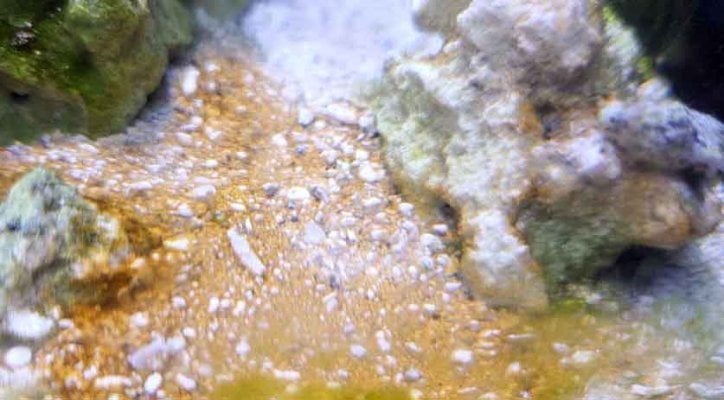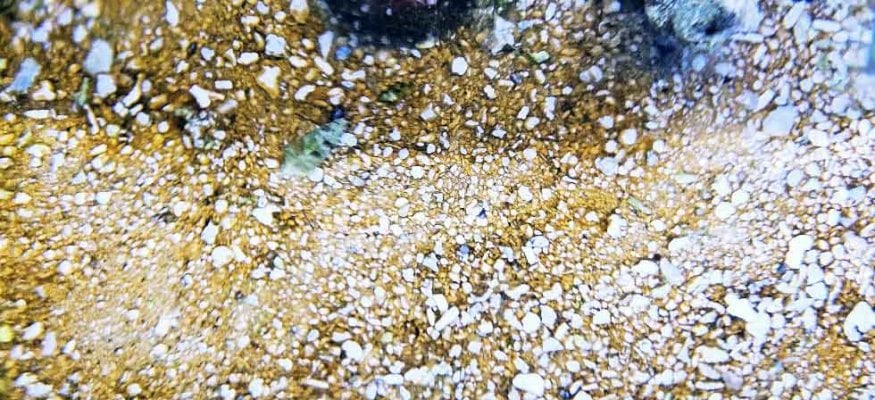Hi everyone: still new at all of this and turning here for help.
At night when the lights go out, and in the morning all the brown pictured here is nowhere to be seen. When the lights come on and ramp up in PAR, the substance reappears like magic. is this how diatoms behave? Originally, I thought I saw red/purple and thought Cyano, but I don't see any filming on the substrate.
I'm assuming this is a behavior of diatoms, and please have a look at the pictures below. My Nitrates is 7.9ppm, and Phosphates is 0.03ppm - tank is just 10 months old.


At night when the lights go out, and in the morning all the brown pictured here is nowhere to be seen. When the lights come on and ramp up in PAR, the substance reappears like magic. is this how diatoms behave? Originally, I thought I saw red/purple and thought Cyano, but I don't see any filming on the substrate.
I'm assuming this is a behavior of diatoms, and please have a look at the pictures below. My Nitrates is 7.9ppm, and Phosphates is 0.03ppm - tank is just 10 months old.


Last edited:




















